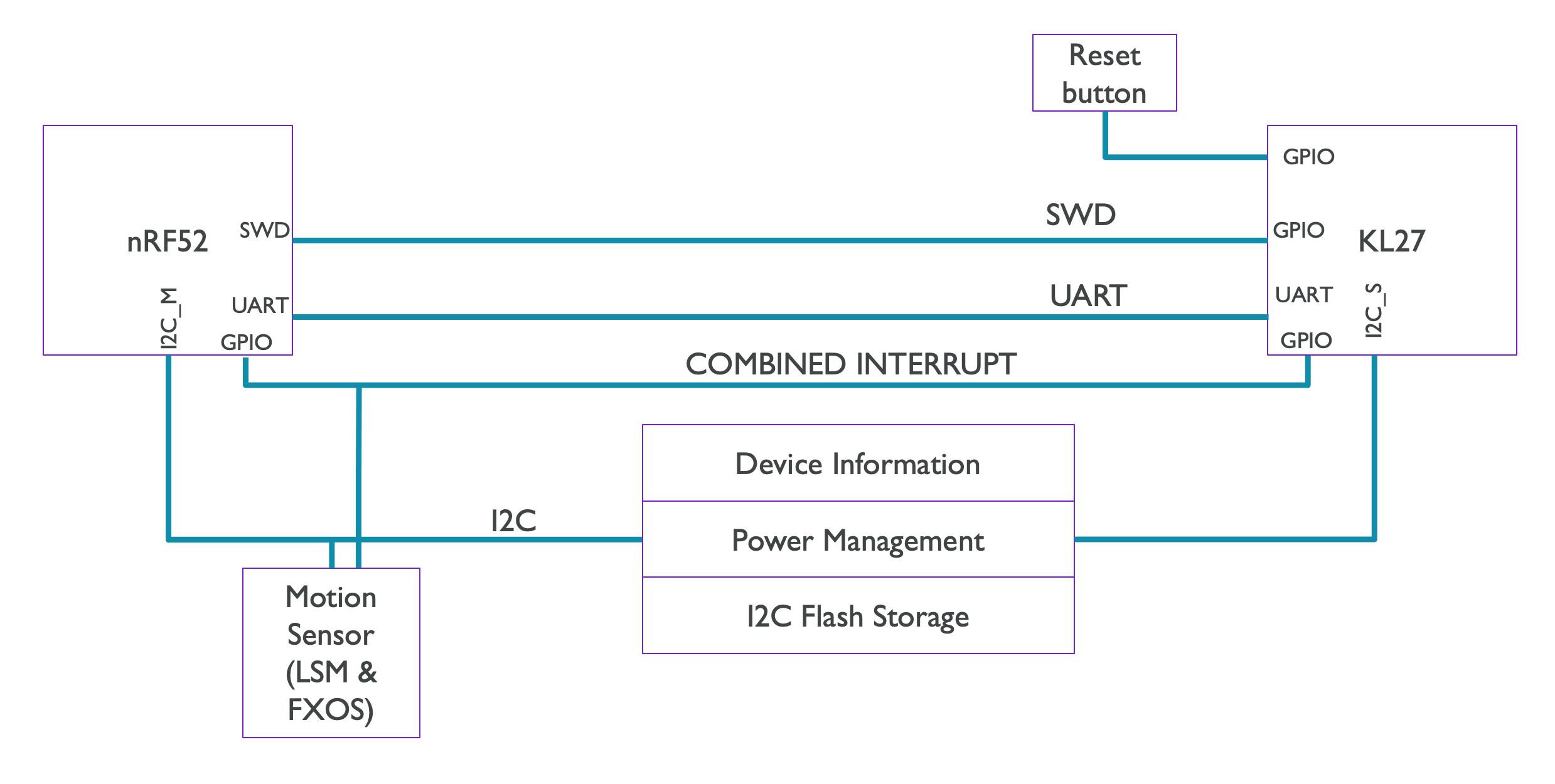

#Adding i2c u boot commands download#
Now, let’s compile the latest 5.10 Linux kernel supported by .įirst, download the root filesystem (generated by Buildroot, with this configuration file) which we will include in the Linux kernel as an initramfs. In the configuration interface, add the new extension command by setting CONFIG_CMD_EXTENSION=y. Now, let’s use the latest version of U-Boot at the time of this writing.
#Adding i2c u boot commands how to#
Here’s how to do this on Ubuntu: sudo apt install gcc-arm-linux-gnueabihfĮxport CROSS_COMPILE=arm-linux-gnueabihf. We first need to install a cross-compiling toolchain if you don’t have one yet. It should automatically be mounted on /media/$USER/boot. Now, remove and plug the micro-SD card back in again. Then format it with the FAT32 filesystem: sudo mkfs.vfat -F 32 -n boot /dev/mmcblk0p1 Using cfdisk or a similar tool, prepare a micro-SD card with at least one partition which you mark as “Bootable”.

The following instructions apply to the BeagleBone Black board. Let’s test this mechanism by building and booting our own image.

This generic mechanism was implemented by my colleague Köry Maincent and added to U-Boot (since version 2021.07) by this commit. However, that was a custom mechanism, and contracted Bootlin to implement a more generic mechanism in the official version of U-Boot. In the latest Debian images proposed by at the time of this writing, there is already a mechanism to detect the plugged capes based on the information on their I2C EEPROM. Otherwise, the Linux kernel won’t know that the I2C EEPROMs are available. Of course, the above kind of command only works if the corresponding Device Tree Overlays are loaded. To identify which capes are plugged in, all you have to do is read the connected EEPROMs.

BeagleBone Black with multiple capes – We want to detect them automatically! Accessing cape informationĮach cape has to contain an I2C EEPROM describing itself, according to the Cape EEPROM Contents specification. This would be great if each cape could be detected automatically and so could be the corresponding overlays.Īctually, all this is possible and already supported in mainline U-Boot starting from version 2021.07. This mechanism works fine, but every time you plug in a different cape, you have to tweak this sequence of commands to load the right overlay (the. Once you know which capes are plugged in, you can load them in U-Boot and boot Linux as in the following example: load mmc 0:1 0x81000000 zImage As the available hardware is described by a Device Tree, the added devices on the cape should be described using a Device Tree Overlay, as described in the first blog post.Īs explained in this post too, the bootloader is today’s standard place for loading Device Tree Overlays on top of the board’s Device Tree. When such a cape is plugged in, the description of the devices connected to the board should be updated accordingly. Device Tree: Supporting Similar Boards – The BeagleBone ExampleĪs explained in the first two blog posts, the BeagleBone boards are supported by a wide number of extension boards, called capes.Using Device Tree Overlays, example on BeagleBone boards.This article follows two earlier blog posts about Device Tree overlays:


 0 kommentar(er)
0 kommentar(er)
